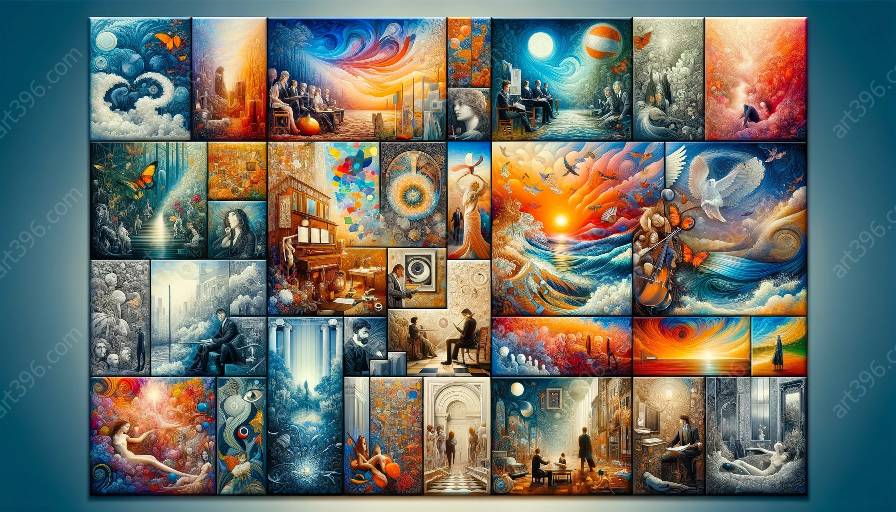Realism, rooted in the 19th century, was a significant artistic movement that not only depicted the world as it appeared but also laid the groundwork for the emergence of subsequent modern art movements. This essay will explore how Realism paved the way for modern art movements, examining its key characteristics, influence on artists, and how it revolutionized the art world.
Origins of Realism
Realism emerged in response to the dominant Romantic movement, which often idealized and romanticized reality. Artists sought to portray the world with a focus on accurate representation and an emphasis on everyday life, social issues, and the working class. One of the key precursors of Realism was the French painter Gustave Courbet, whose works challenged the conventions of the time and became a driving force behind the movement.
Characteristics of Realism
Realist art aimed to capture the observable world in a direct and unembellished manner. Artists depicted everyday subjects, often portraying scenes of rural and urban life, labor, and social conditions. Realist works were characterized by their detailed depiction, use of light and shadow, and a rejection of idealization in favor of truth and authenticity.
Influence on Artists
The impact of Realism extended beyond its immediate period, influencing an array of subsequent art movements. Painters such as Édouard Manet and Edgar Degas were among the artists who drew inspiration from Realism and incorporated its principles into their own work. Realism also paved the way for the rejection of academic conventions and the exploration of new artistic approaches, setting the stage for the avant-garde movements of the late 19th and 20th centuries.
Revolutionizing the Art World
Realism marked a turning point in the art world, challenging traditional artistic norms and inspiring a shift towards diverse and innovative techniques and subject matters. Its influence on modern art movements—such as Impressionism, Post-Impressionism, and Expressionism—can be seen in their departure from traditional modes of representation and their focus on individual perception and emotion.
Legacy of Realism
The impact of Realism reverberates throughout the history of art, leaving an indelible mark on modern and contemporary artistic practices. Its emphasis on truth, social consciousness, and the ordinary has continued to resonate with artists and audiences, influencing movements such as Social Realism and Contemporary Realism.

